This post may be sponsored or contain affiliate links. All opinions remain our own.(Full disclosure)

You’ve decided to start a ketogenic diet, everything is going fine, you’ve got through the first few days then all of a sudden you start getting tired, dizzy, lethargic and feel like crap.
You may be experiencing what’s known as keto flu.
Carb withdrawal Symptoms
Carbohydrates are like drugs! When you take them away, your body attacks you back, so for the first few weeks during the keto-adaptation phase, you’re basically checking yourself into rehab.
When you’re in rehab, you get withdrawal symptoms, now this is not the actual flu, and it will go away.
It could last anywhere up to a week and varies from person to person; you just have to stay strong.
If you get keto flu, you’ll be questioning yourself and thinking you’re crazy for starting this diet.
Try to think positive and keep believing your body will adapt. Symptoms will go away, most importantly, just stay psychologically strong.
Here we will discuss how to beat keto flu using electrolytes.
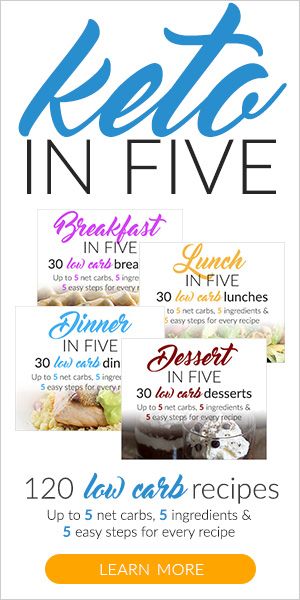
Sodium Intake
One of the most important things to consider when it comes to preventing and alleviating symptoms of keto flu is your electrolyte intake.
One of the top mistakes people make is not getting enough electrolytes. There are three essential electrolytes sodium, magnesium, and potassium.
Sodium is critical when you are on a ketogenic diet as you are suppressing insulin as now that allows you to burn fat.
Insulin is also the hormone that tells your kidneys to store sodium, so when you’re working out, your body is flushing all the sodium out.
Your kidneys are just releasing all that sodium, so you must replace it by eating salty foods and snacks.
Remember, do not be afraid of salt and to salt your food more than if you were on a standard high carb diet. Drinking a cup of bone broth is the absolute best.
Simply save all your chicken or beef bones, cover with water in a crockpot and simmer for at least 12 hours.
You can store the broth in the freezer as ice cubes and warm some up daily when needing a sodium fix.
Your Keto diet plan should also include plenty of green leafy vegetables, nuts, seeds to make sure you’re getting enough minerals in your diet.
Keto-adaptation demands a greater intake of sodium in your diet. Flu type symptoms may be worse depending on how low your sodium levels are in the beginning stages, so be sure to keep electrolytes up.

Potassium
Potassium is an electrolyte with many essential jobs and is an important mineral for battling keto flu.
When sodium levels drop in the body, so does your potassium levels when the body expels it through urine.
Sodium and potassium require a careful balance in the body to control fluid stability in cells.
Potassium deficiency symptoms are closely related to keto flu with fatigue, cramps, and muscle weakness as the main signs.
There are ways to keep the potassium level raised either through diet or supplementation.
Natural food sources, including dark leafy greens, e.g., spinach is high in potassium.
Meat and Fish also play a role, but usually, you’ll have more than enough anyway.
Potassium supplements can be helpful, but you shouldn’t need to take this long term.
The best thing really is to concentrate on eating healthy, nutritious greens.
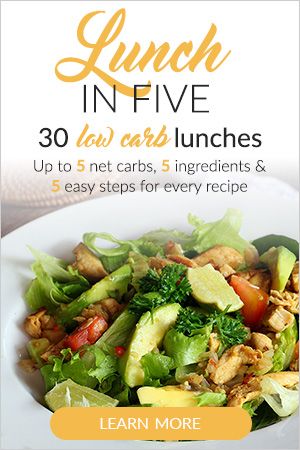
Magnesium
The last crucial mineral for assisting to avoid keto flu is the electrolyte magnesium.
Magnesium plays a significant role in every cell in our body.
During keto-adaptation, magnesium levels tend to drop, causing flu symptoms.
Without enough magnesium consumption, potassium and sodium may also be affected.
Be sure to eat nutritious food, and if necessary, you can also supplement short term with Magnesium citrate.
Try to incorporate drinking enough water and eating a healthy dietary intake of fresh fruits, veggies, meat, and fish. These foods will assist you in obtaining the electrolytes magnesium, potassium, and sodium.
Importance of Hydration
When we eat a high carb diet, your body stores sugar in our muscles and liver. This sugar also is known as glycogen, which is easy for the body to use for energy.
When beginning a keto diet, your stored glycogen slowly exhaust and flush the stored water away since you no longer have carbs in the body.
The body passes water as we excrete this sodium through urination. Therefore, as water is lost, essential electrolytes such as sodium, potassium, and magnesium also disappear.
As we decrease carbs from our diet, blood glucose levels reduce significantly. Due to the reduction of blood glucose, insulin levels also exhaust in these series of events.
High insulin levels also promote the kidneys to hold on to sodium. When our insulin levels drop, this stored sodium is excreted.
As with an Atkins diet by utilizing an LCHF keto diet also results in notable water loss over the first week. Therefore it’s essential to consume enough liquids.
Dehydration easily occurs especially during summer months or when performing daily HIIT exercise. Symptoms such as headaches and muscle cramps account for many keto flu cases.
You should drink water even if you don’t feel thirsty, and I’d recommend increasing liquids during the keto-adaptation to minimize symptoms of keto flu.
To get into ketosis faster, be sure to avoid any alcohol.
Carry a bottle of water wherever you go and sip during the day to help the transition.
Macro Counting on a Keto Diet
Making sure that you’re hitting your macros correctly is important.
At least 70% percent of your calories need to come from fat sources. 5% percent need to come from carbs and the rest from protein.
Remember, this is a low carb high-fat diet (LCHF), and your body is running on fats.
You need to make sure you get as close to your macros as possible this is required for your energy.
After following the ketogenic diet for a while, you will soon get used to finding different ways to add fat. You will create new meals and LCHF recipes and eventually you’ll get the hang of it.
So around 20% percent of your calories need to come from protein. If you get too much protein, your body is going to start converting the excess into glucose just as it does with carbs and keep you out of ketosis.
It will also send mixed signals to your body as it doesn’t know what it’s doing. Is it supposed to be burning fat or is it still running on glucose.

Protein Intake on Keto
First and foremost, make sure you don’t go over your protein requirements. Overeating protein is just as easy as overeating carbs.
It’s best to avoid lean cuts of meat and fish. While these are excellent protein sources, they are not going to help whatsoever for hitting your high-fat macros for the day.
Fatty cuts of meat and fish will be best when keto-adapting.
If you’re going to be consuming protein shakes, then make sure you add some fats to your shakes, such as coconut oil or MCT Oil.
Remember to reduce the amount of protein powder also as protein intake is easily overdone on a keto diet.
You already know you’re not consuming any carbs on the ketogenic diet.
Green leafy vegetables are the absolute best sources of any carbohydrates.
You are also tracking your net carbs. At the end of the day, when tracking macros, don’t forget to subtract fiber from your total number of carbs for the day.
To avoid symptoms of ketosis flu and get more electrolytes naturally, you may want to limit meat consumption and focus more on fruits, vegetables, nuts, and seeds.

Eating Fats for Ketosis
Adjusting to eating fats can be tough. The more fat you eat, the more it helps your body to acclimatize to fat burning at a fast rate.
Worrying about fat intake is a slip that many people do. Dietary fats are absolutely necessary to keto-adapt.
Don’t make the mistake of eating chicken breasts, fat-free cans of tuna, or any other lean portions of meat and fish.
If carbs are low, fat also needs to be high. This is ketogenic, not Atkins.
Be sure to eat fatty meats such as chicken thighs, ribeye steak, bacon — oily fish, especially salmon, sardines, and mackerel.
Fruit such as olives and avocado are some of the best high-fat foods out there.
Check out our keto diet food list for a more extensive guide.
Strength Training and Ketosis
If you are weight training in the gym, make sure you’re allowing yourself enough time to rest if you’re working out.
When weight training or bodybuilding on a ketogenic diet it will help your body to burn glycogen and switch over into ketosis much easier.
If you start experiencing keto flu, you will want to refrain from going to the gym.
Your body will be going through many physical and metabolic changes. If you’re training in the gym, you may not be allowing yourself enough time to rest.
Let your muscles fully heal and recover to reduce any stress when adapting to a ketogenic diet.
If you get keto flu, then it’s recommended to take rest days and focus purely on your nutrition.
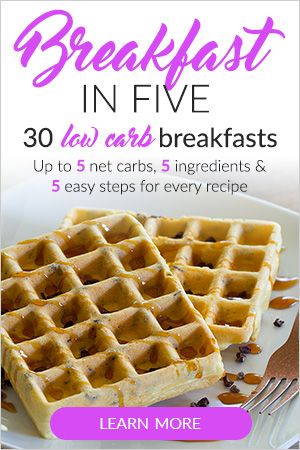
Conclusion
The dreaded keto flu is just one very short fight that you’re going to overcome.
If you feel you need some backup, try out some ketogenic diet supplements.
Once you pass the 1-week mark, you’re going to feel great. Your energy will elevate as your body makes the switch, and you’ll be triumphal for staying healthy.
If you have some symptoms of electrolyte imbalance, then consider yourself unlucky.
Just stay confident, keep moving forward, keep electrolytes topped up, and you’ll beat the keto flu.
Give it a few days to a week and let your body adjust naturally to a ketogenic diet.



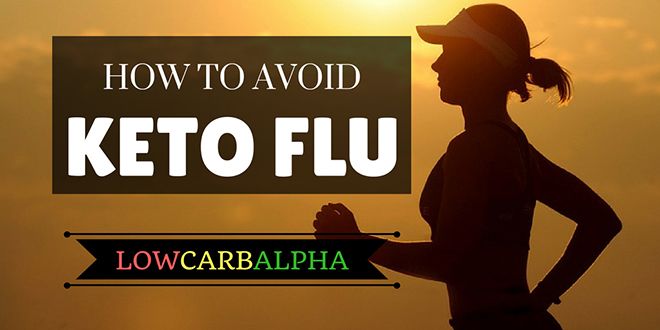


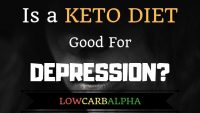
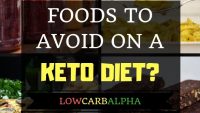
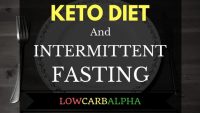

Good write up! Most people think that blah feeling they get the 1st few weeks on keto is due to low carbs but as you see its really electrolytes especially sodium. I definitely keep my sodium up and electrolytes in general, I also have had great results using an all-in-one electrolyte product when I am in a bind. This is the one I have used: https://www.ketoshop.com/products/keto-lytes-electrolyte-and-keto-flu-support
This is so interesting! I am currently suffering keto flu after a fast and was looking for ways to avoid it next time round. When I change my workout and increase the intensity, I always get a cold and I was just saying that this feels like the same thing. Then I read in your article that it’s due to the low sodium from the diuretic effect of your kidneys during ketosis, just like when you work out and a lightbulb went off!! It feels like the same thing because it is the same thing! Thank you so much for this, this may actually have changed my life. I was saying just today that I might have to give up on completing a certain workout because I only ever get a week in and then get sick, but this could solve that problem.